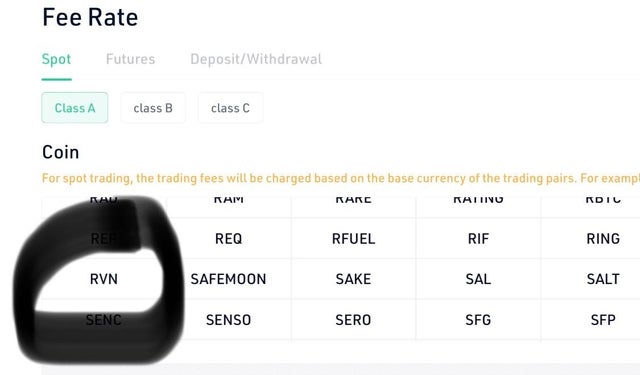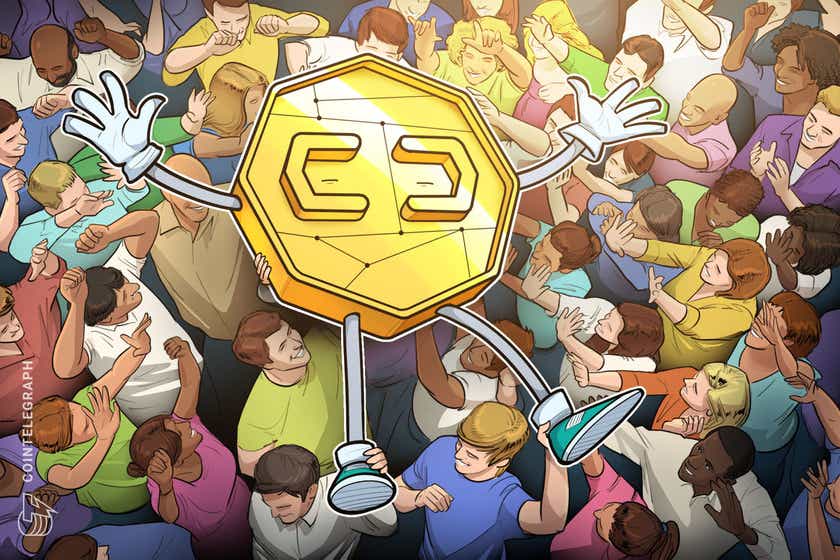Ethereum failed to clear the $3,850 resistance and resumed decline against the US Dollar. ETH price is holding the $3,680 support, but there is a risk of more downsides. Ethereum started another decline from the $3,850 resistance zone. The price is trading below $3,750 and the 100 hourly simple moving average. There was a break below a major bullish trend line with support near $3,800 on the hourly chart of ETH/USD (data feed via Kraken). The pair must clear the $3,750 zone and the 100 hourly SMA to turn green in the near term Ethereum Price Starts Fresh Decline Ethereum struggled to gain strength above the $3,850 level. As a result, ETH reacted to the downside and traded below the $3,800 level. There was a break below a major bullish trend line with support near $3,800 on the hourly chart of ETH/USD. The pair declined below the $3,750 support level and the 100 hourly simple moving average. Ether even spiked below the $3,700 level, but the bulls were active near the $3,680 level. A low was formed near $3,680 and the price is now correcting higher. There was a break above the $3,720 level. The price even spiked above the 50% Fib retracement level of the downward move from the $3,850 swing high to $3,681 low. It seems like the bears are active near the $3,750 level and the 100 hourly simple moving average. The next major resistance is near the $3,785 level. It is near the 61.8% Fib retracement level of the downward move from the $3,850 swing high to $3,681 low. Source: ETHUSD on TradingView.com A clear upside break above the $3,785 level could pump the price towards $3,850. Any more gains could send the price towards the $4,000 level. The next main resistance is near the $4,200 level. Downside Break in ETH? If ethereum fails to start a fresh increase above the $3,750 level, it could continue to move down. An initial support on the downside is near the $3,700 level. The first key support is now forming near the $3,680 level. A downside break below the $3,680 level might spark a sharp decline in the near term. The next major support is near the $3,620 level. Technical Indicators Hourly MACD – The MACD for ETH/USD is now losing pace in the bearish zone. Hourly RSI – The RSI for ETH/USD is below the 50 level. Major Support Level – $3,680 Major Resistance Level – $3,750





